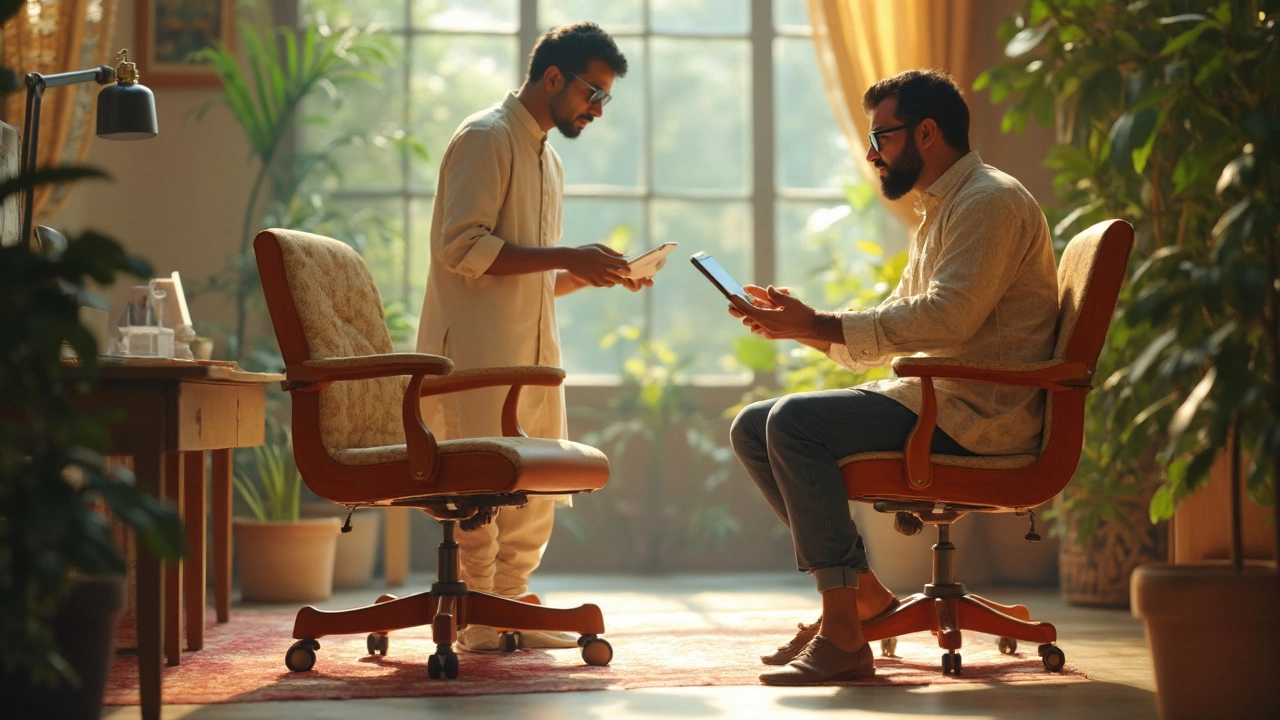Posture Improvement: How Your Sofa Can Protect Your Back
Did you know you spend an average of 6‑8 hours a day on your couch? That’s a lot of time for your spine to either thank you or protest. The good news? A smart sofa choice can keep your back happy, while the wrong one can turn a relaxing evening into a sore morning.
Pick a Sofa That Supports Your Natural Curve
Most people think a soft cushion means a comfy seat, but too much give lets your hips sink and flattens the lumbar curve. Look for a couch with firm yet cushioned cushions that hold your weight without sagging. A supportive backrest that follows the natural S‑shape of the spine does wonders—especially if you tend to sit upright while watching TV or scrolling on your phone.
When you test a sofa, sit back and feel whether a slight gap remains between the back of your lower spine and the cushion. That gap is where lumbar support should sit. Some sofas come with removable lumbar pillows; if yours doesn’t, a simple foam wedge can fill the space and keep your posture upright.
Arrange Your Living Room for Easy Alignment
Even a perfect couch won’t help if your TV is too low or the coffee table forces you to hunch. Position the screen at eye level – about 1.5 times the height of your seated eye line – so you don’t tilt your neck. Keep the coffee table low enough to let your arms rest comfortably, ideally with a clearance of about 2‑3 inches from the seat.
Use rugs or floor mats to define a walking path around the sofa. This prevents you from constantly bending over to navigate tight corners, which can strain the lower back. Adding a side chair or ottoman gives you a place to shift weight and change posture throughout the day.
Regular movement is key. Set a timer to stand, stretch, or walk around every 45‑60 minutes. Simple stretches—like reaching up, touching toes, or doing a seated twist—reset the spine and keep muscles from locking up.
Finally, keep the couch clean and free of clutter. Stacking blankets or piles of magazines on the seat pushes you forward and disrupts balance. A tidy sofa encourages you to sit centered, which naturally aligns the hips, knees, and shoulders.
By choosing a supportive couch, arranging the room for proper sight lines, and adding tiny habits to move often, you’ll notice less back ache and more relaxed evenings. Your sofa can be more than a piece of furniture—it can be a silent partner in keeping your posture on point.
Is a Chair Better Than a Stool for Posture?
When it comes to improving your posture while seated, is the trusty chair better than a stool? This article explores the benefits and drawbacks of both seating options, focusing on comfort and long-term health. Learn about how each affects your body, the potential impacts on posture, and get practical advice for choosing the right seat for your office routine. Whether you’re sitting at a desk all day or just occasionally, understanding the right choice can make a big difference.





